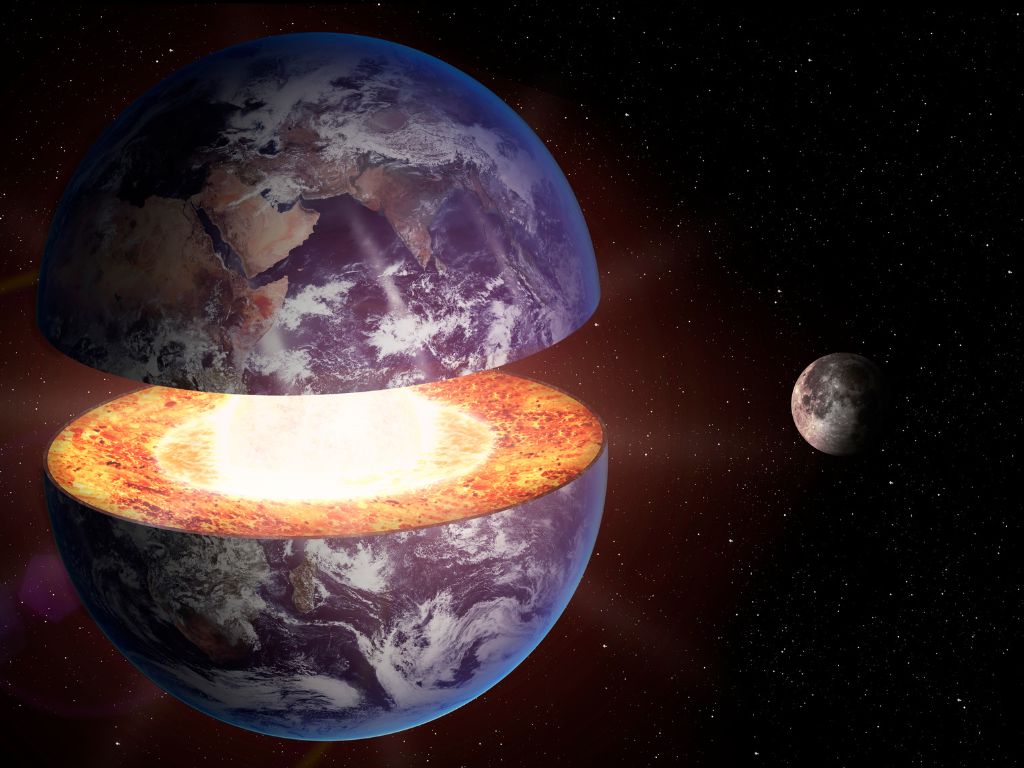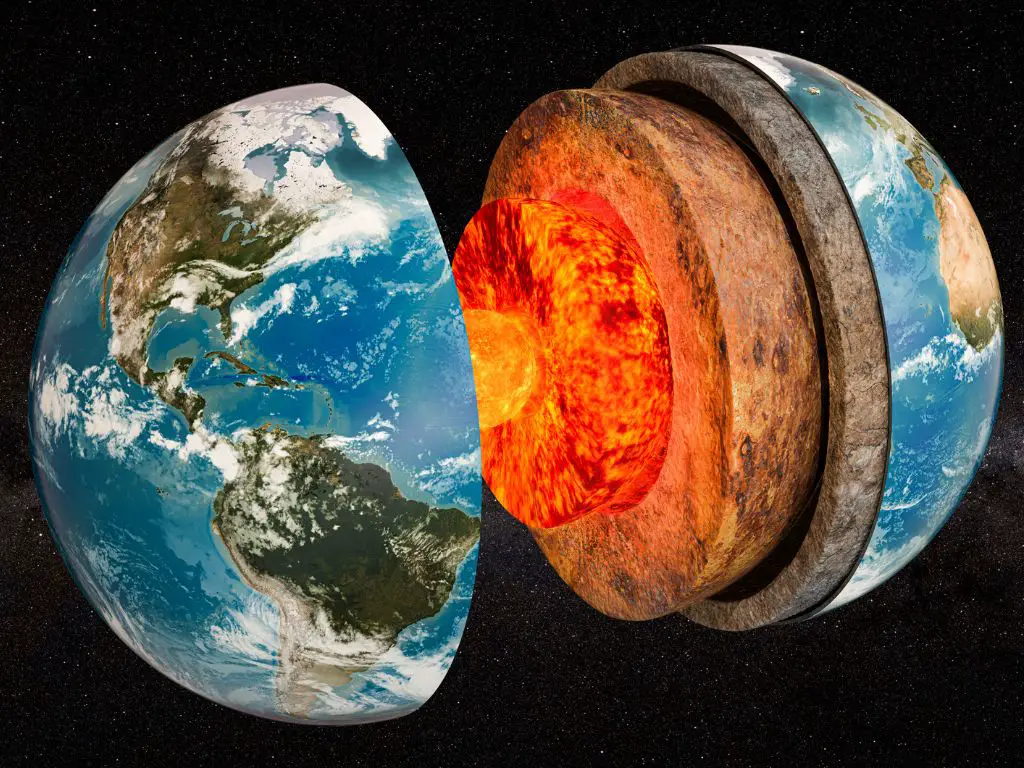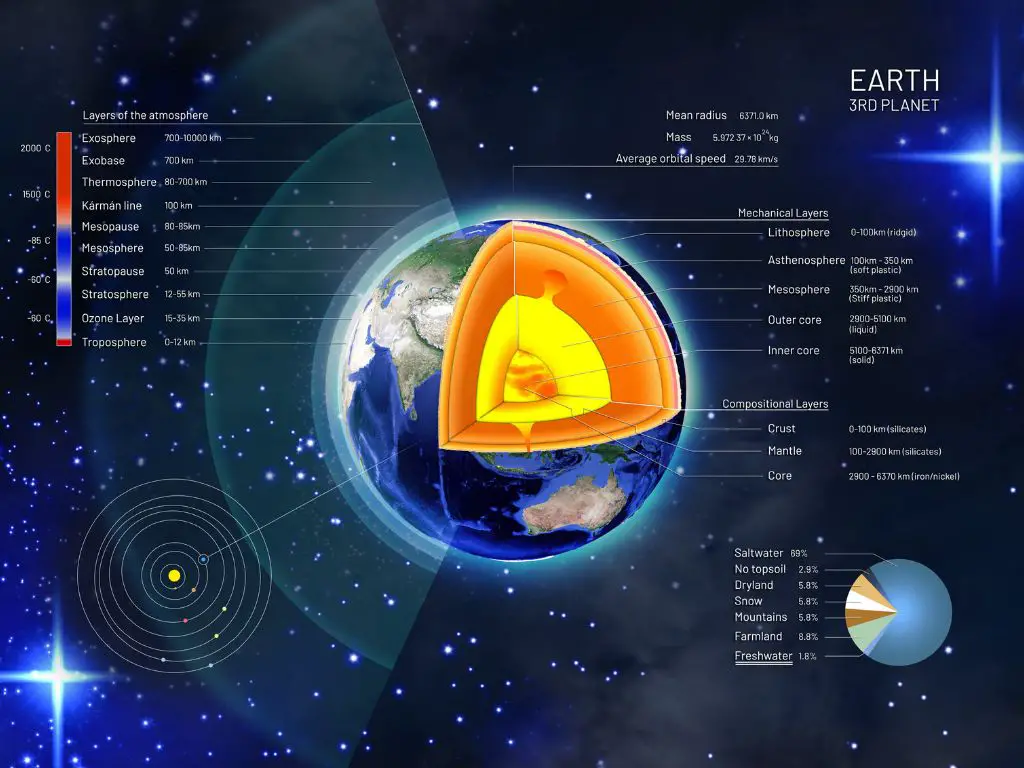Scientists have made a surprising discovery that could change our understanding of Earth’s water and its origins. They have found a massive ocean beneath the Earth’s surface that contains more water than all the oceans on the surface combined.
The hidden ocean is not in liquid form, but rather trapped inside a type of blue rock called ringwoodite that can hold water in its molecular structure. Ringwoodite is found in the transition zone of the mantle, which is the layer between the crust and the core of the Earth. The transition zone is about 1,800 miles (2,900 kilometers) thick and makes up 84 percent of the planet’s volume.
How the discovery was made?
The discovery was made by using seismometers to measure the waves generated by earthquakes across the US. These waves can travel through the Earth’s core and reveal information about the rocks they encounter. By analyzing the speed and depth of the waves, scientists were able to identify ringwoodite as the source of the water.
The clue that led to this discovery came from a brown diamond that formed about 400 miles (644 kilometers) beneath the crust and was pushed to the surface by volcanic forces. The diamond contained a piece of ringwoodite that was 1.5 percent water by weight. This suggests that if all the ringwoodite in the transition zone has a similar amount of water, it would equal three times more water than all the oceans on the surface.
Implications of this Discovery
This finding could have important implications for our knowledge of Earth’s history and evolution. It supports the theory that Earth’s water came from within, rather than from asteroids and comets that bombarded the planet in its early stages. It also suggests that there is a whole-Earth water cycle that connects the surface and the deep interior, which may affect plate tectonics, volcanism, and climate.
The discovery also opens up new possibilities for future exploration and research. Scientists are interested in studying how ringwoodite forms and behaves under high pressure and temperature conditions, and how it interacts with other minerals in the mantle. They also want to find out if there are other hidden reservoirs of water or other elements in the deep Earth that could reveal more secrets about our planet.




